
If you’re looking for a scenic and relatively easy hike in the Blue Mountains, the Hanging Rock Trail (also known as the Burramoko Ridge Trail) is a must-do. Just a short drive from Sydney, this 10-kilometer trail takes you to one of the most breathtaking natural landmarks in New South Wales. From peaceful forest paths to dramatic cliffside views, this hike has it all. Whether you’re an avid hiker or just looking for a day trip, here’s everything you need to know about hiking to Hanging Rock.
What is the Hanging Rock Hike?
Hanging Rock is a striking sandstone formation perched on the edge of a cliff in the Blue Mountains. The hike to reach it is an out-and-back journey, covering a total of 10 kilometers. While the trail is considered moderate, it’s accessible to most people with a reasonable level of fitness. The reward at the end is the magnificent view from the rock itself, offering a thrilling perspective of the Grose Valley and surrounding wilderness.
Key Facts About the Hike
- Distance: 10km return (out and back)
- Difficulty: Easy to moderate
- Duration: 2.5 to 3.5 hours (depending on breaks and time spent at lookouts)
- Starting Point: Burramoko Ridge Trail Parking Area, accessible from Ridgewell Road
- What to Pack: Comfortable shoes, water, snacks, sunscreen, camera, and sunglasses
Getting to Hanging Rock
Hanging Rock is located on a remote cliff edge in the Blue Mountains, which means it’s only accessible by foot or bike. The journey starts at the Burramoko Ridge Trail parking area. To get there, head north from Blackheath along the Great Western Highway, then turn right onto Ridgewell Road. Follow this road for about 2.5 km until you reach a locked gate. Just beside the gate, you’ll find a small dirt parking area, which is free of charge.
Since parking is limited, especially on weekends, it’s a good idea to arrive early to secure a spot. Once parked, simply follow the trail that will lead you to Hanging Rock.
How Difficult is the Hanging Rock Hike?
The hike itself is quite manageable, with a mostly flat, easy-to-navigate path. However, it’s important to note that the final section leading to the rock involves steep stairs, which can be a bit challenging, especially on the way back. The majority of the trail is a pleasant walk through the forest, offering views of wildflowers and gum trees. You’ll notice the trees begin to thin out as you get closer to the rock, and that’s when the real adventure begins.
The Scenic Lookouts
The first major viewpoint along the hike is Baltzer Lookout. This is an unofficial stop where you’ll emerge from the forest onto a dramatic cliff edge. The views here are already stunning, so take your time to enjoy them. From here, you’ll follow the cliffside and descend some stone stairs leading to Hanging Rock itself. Be cautious when navigating these stairs—while they’re not overly challenging, it’s important to stay focused, especially as you’ll have to climb them on your return.
Reaching Hanging Rock
When you arrive at Hanging Rock, you’ll be faced with an awe-inspiring view. The massive rock formation appears to be suspended precariously off the cliff edge, offering a thrilling perspective of the surrounding landscape. From here, you can take in sweeping views of the Grose Valley and the dramatic cliffs that encircle it.
Climbing Hanging Rock
For the brave, you can actually climb onto Hanging Rock itself. There’s a gap between the rock and the cliff edge, so you’ll need to jump across to get onto it. While the rock feels stable once you’re on it, it’s important to be cautious—there are no safety barriers or fences in place, and the jump can be a bit nerve-wracking. Be sure to take plenty of photos, but keep safety in mind and don’t linger too long on the rock.
Is the Hike Worth It?
Absolutely! The Hanging Rock hike is not only one of the best hikes in the Blue Mountains, but it’s also one of the most accessible. The trail is straightforward, making it a great option for both beginners and experienced hikers. The views along the way, especially from the cliffside lookouts, are breathtaking. Once you reach Hanging Rock, the sight of the rock hanging off the edge, coupled with the vast valley below, is a truly unforgettable experience.
What to Do After the Hike
If you have some time left after the hike, head to the nearby town of Blackheath. This charming village is perfect for a post-hike stroll. You can explore the local shops, grab a bite to eat at a café, or check out some of the other nearby lookouts, such as Evans Lookout and Govetts Leap Lookout. For more outdoor adventures, consider visiting Katoomba, where you can explore iconic sights like the Three Sisters and Wentworth Falls.
Final Thoughts
The Hanging Rock hike in the Blue Mountains is a must-do for anyone looking to experience the natural beauty of New South Wales. It’s an easy-to-follow trail that rewards you with incredible views and the chance to stand atop a stunning rock formation. Whether you’re a seasoned hiker or just looking for a day trip from Sydney, this hike offers something for everyone. Don’t forget your camera, and enjoy the spectacular views at every turn!










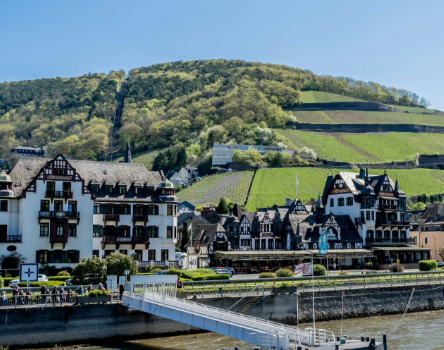

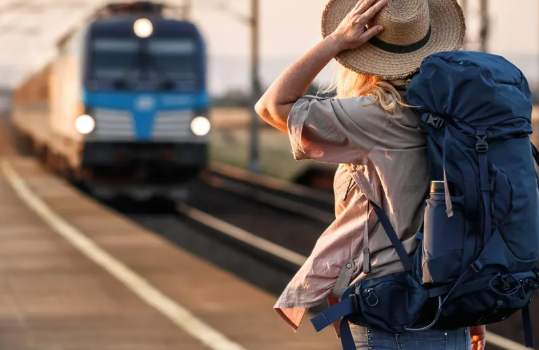
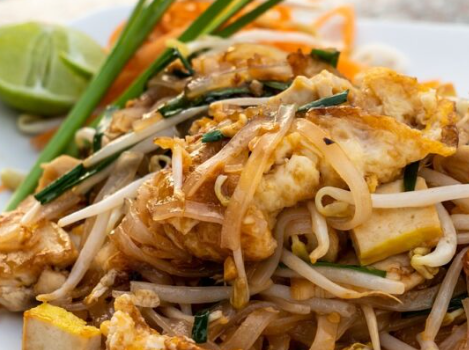


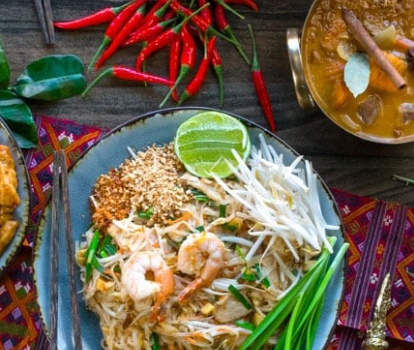
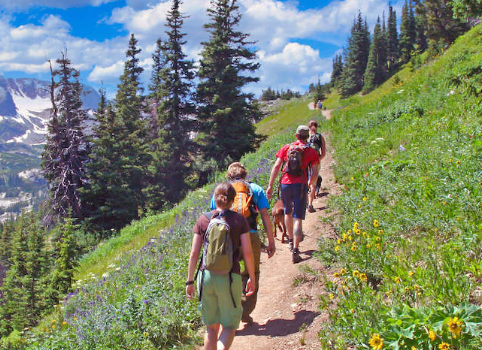

Comments